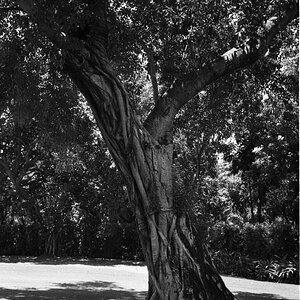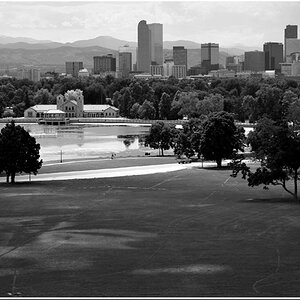Hi all,
Apologies if this question has been asked before; I did a little search and couldn't get the answer I was looking for.
I'm currently going through the annoying process of converting 20 images to CMYK for printing, and when trying to correct the colour after conversion I've noticed that changes I make in PS are not reflected in the same way when viewing the image in Windows Photo Gallery. Images are more saturated in PS, and it seems like I need to make more extreme changes in colour/saturation in PS in order to get what I want when the image is saved and viewed in Windows Photo Gallery.
Which of these two is more accurate? And which will the prints come out as - the more saturated PS version or less saturated Windows Photo Gallery version?
Thanks in advance.
Apologies if this question has been asked before; I did a little search and couldn't get the answer I was looking for.
I'm currently going through the annoying process of converting 20 images to CMYK for printing, and when trying to correct the colour after conversion I've noticed that changes I make in PS are not reflected in the same way when viewing the image in Windows Photo Gallery. Images are more saturated in PS, and it seems like I need to make more extreme changes in colour/saturation in PS in order to get what I want when the image is saved and viewed in Windows Photo Gallery.
Which of these two is more accurate? And which will the prints come out as - the more saturated PS version or less saturated Windows Photo Gallery version?
Thanks in advance.









![[No title]](/data/xfmg/thumbnail/36/36302-6ee4929dfdf80290ffd73704693e860f.jpg?1619737496)



